Confirmation letter to bishop template
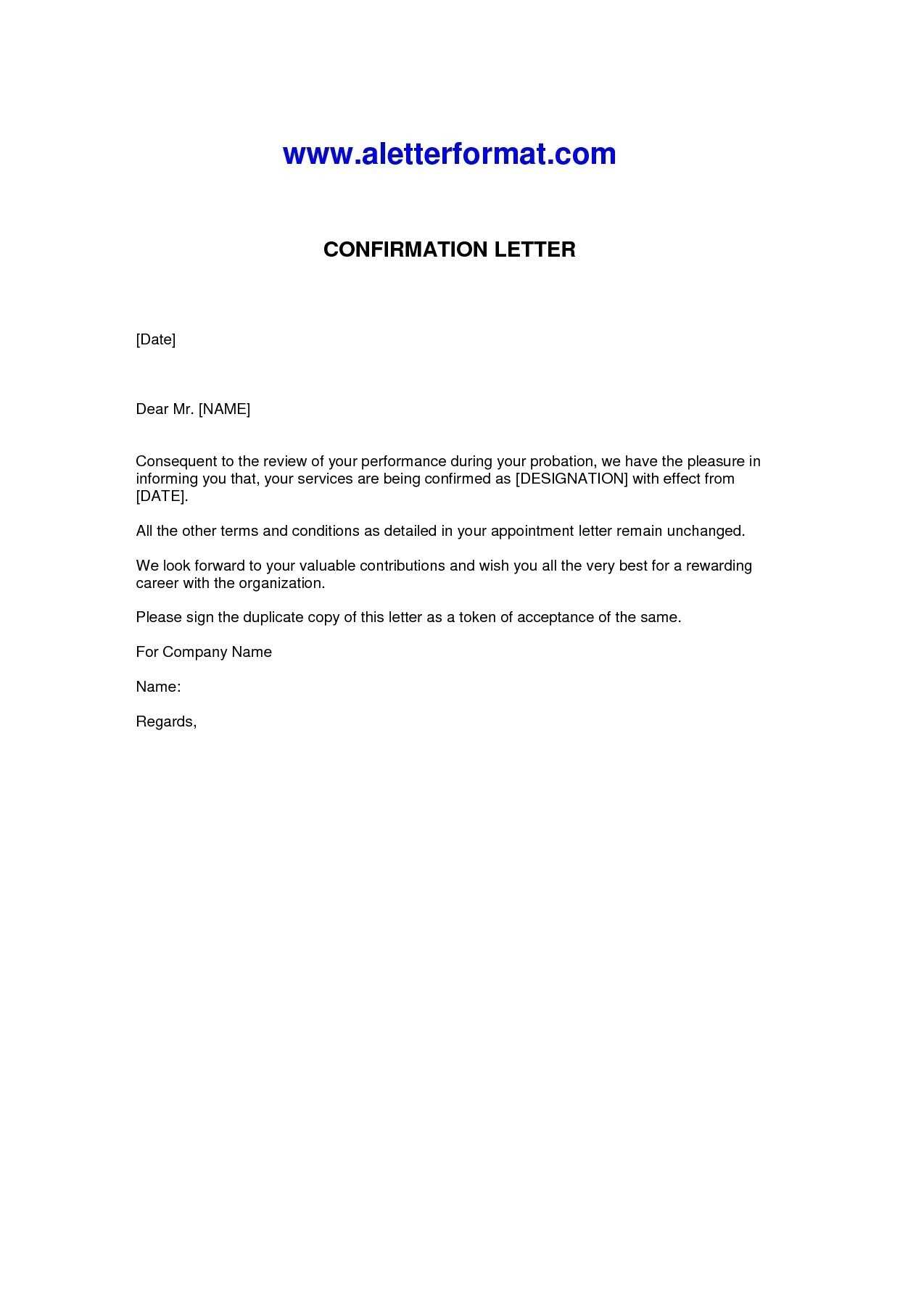
Begin your confirmation letter by addressing the bishop directly with respect and warmth. Make sure to use a formal yet personal tone, acknowledging the significance of the event and the role of the bishop in the ceremony. This establishes the tone of your message right away.
Next, clearly state the purpose of your letter. Explain your intention to confirm your commitment to the faith, or to express gratitude for the bishop’s role in guiding the confirmation process. Use concise language to convey your thoughts, focusing on the relevance of the moment for both you and the church community.
Finally, close the letter with appreciation for the bishop’s time and guidance. Offer a respectful conclusion that reinforces your faith and the importance of the bishop’s leadership. Sign the letter with your full name and include any other necessary details as per your local church guidelines.
Confirmation Letter to Bishop Template
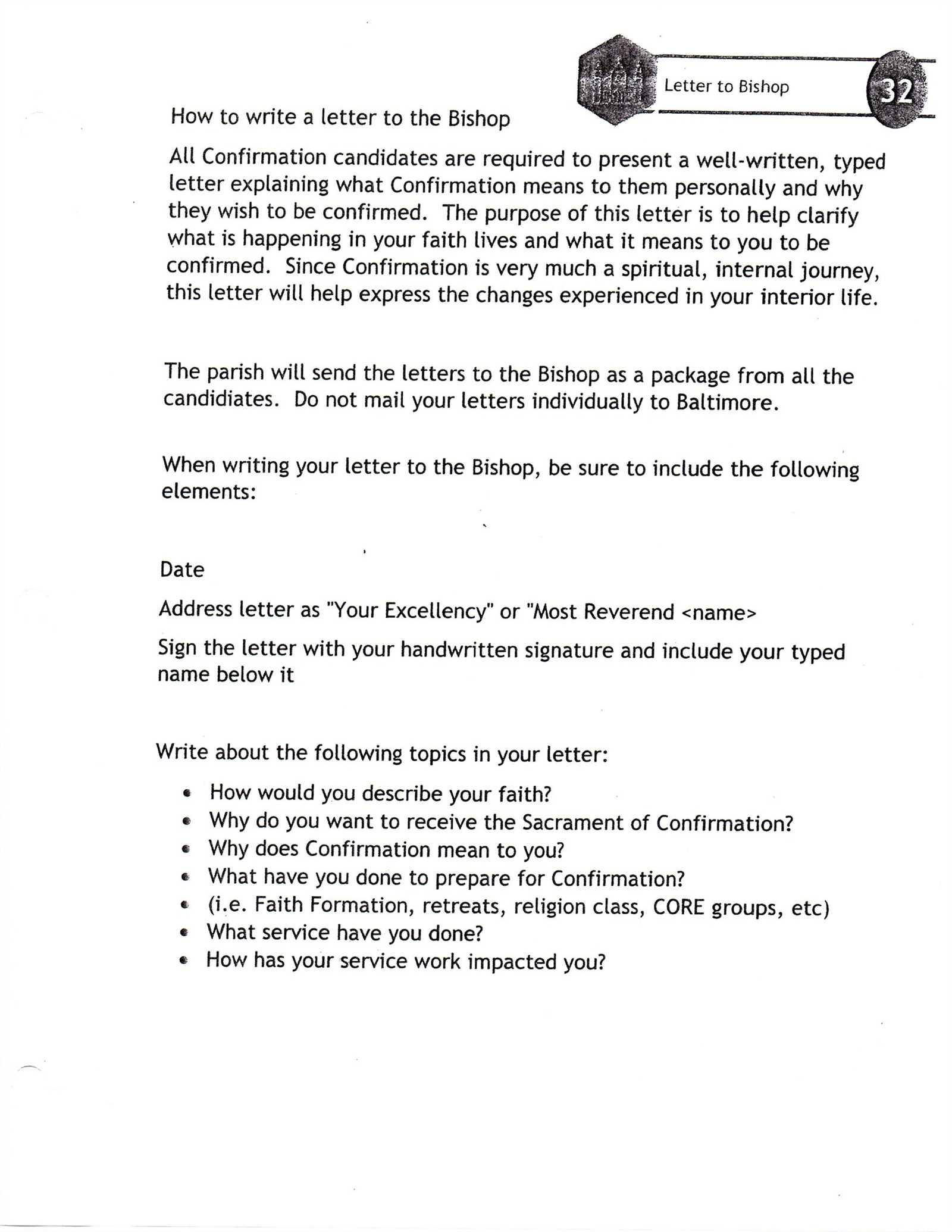
Begin by addressing the bishop with the proper title. Use “Your Excellency” or “Most Reverend [Full Name],” depending on the specific title of the bishop in your region. Ensure the salutation is respectful and professional.
Key Information to Include
- State the purpose of the letter clearly, such as confirming attendance or a specific action taken.
- Provide the necessary dates and details regarding the event or matter being confirmed.
- Include any relevant names, roles, or positions, particularly if others are involved in the matter.
- Use precise language when describing your actions or intentions.
Proper Closing
- Close with a respectful phrase like “Yours faithfully” or “Sincerely,” followed by your full name and title.
- If applicable, include your contact information in case the bishop requires further details.
Remember, the tone should remain respectful and formal throughout the letter. Avoid unnecessary elaborations, and stick to the core details for clarity. Proofread carefully to ensure the letter is free from any errors before sending it to the bishop.
Guidelines for Addressing a Bishop
Begin by using “Your Excellency” as the formal title when addressing a bishop in writing. This ensures respect and acknowledges their position within the Church. For verbal greetings, “Your Excellency” is also appropriate, though it is common to follow it with the bishop’s last name or title, such as “Bishop [Last Name].” For instance, you could say, “Good morning, Your Excellency, Bishop [Last Name].” This formality sets the tone for the conversation.
Salutation in Letters
Start a letter to a bishop with “Your Excellency” in the salutation, followed by a comma. If the letter is addressed to a bishop from a specific diocese, including their diocese in the first reference is respectful, such as “Your Excellency, Bishop [Last Name] of [Diocese].” Ensure that the letter is formal but also clear and concise, conveying the necessary information without unnecessary elaboration.
Closing a Letter
When closing the letter, a traditional way is to use “Yours faithfully” or “Respectfully yours.” This is standard for formal correspondence and is fitting when addressing a religious figure of such authority. Be sure the tone remains polite and maintains the formality appropriate to the relationship.
Key Information to Include in the Confirmation Letter
Begin with the full name of the person being confirmed, clearly identifying them in the letter. This helps ensure there is no ambiguity about who the letter is intended for.
Next, include the date of the confirmation event. This is important for both record-keeping and for marking the occasion in a meaningful way.
Specify the location where the confirmation took place. This could be the name of the church or venue, as well as the city or region.
Provide a brief statement of the confirmation itself, mentioning the ceremony or rite that was performed. Be specific about the sacrament and its significance.
State the bishop’s name and position to confirm their role in the ceremony. This ensures that the confirmation was officiated by an authorized individual.
Include any personal messages or prayers for the confirmed individual, if appropriate. Personal touches show care and consideration for their faith journey.
Finally, ensure the letter is signed by the sender, which may be the priest or other church official overseeing the confirmation process. This gives the letter a formal and official touch.
Formal Tone and Language for Clergy Communication
Use respectful, clear, and direct language when communicating with clergy. Ensure that your tone reflects the reverence due to their position. Always address the bishop or clergy member with appropriate titles, such as “Your Excellency” or “Reverend,” followed by their surname, when applicable.
In your letter, avoid overly casual or conversational phrases. The language should remain professional and polished, reflecting both your respect and the gravity of the communication. Refrain from using slang or colloquial expressions. Instead, choose formal words that are precise and respectful. For example, instead of saying “help out,” opt for “assist” or “support.”
Sentences should be concise, but not curt. Maintain a polite distance, but do not seem distant. For example, instead of “I need your help,” say “I kindly request your assistance.” Keep the message focused and avoid unnecessary elaborations or overly emotional language.
Always conclude the letter with a respectful closing, such as “Yours faithfully,” or “With the utmost respect,” followed by your name. It’s also appropriate to express gratitude for their time and consideration, but keep it formal and concise.
Examples of Common Phrases in Confirmation Letters
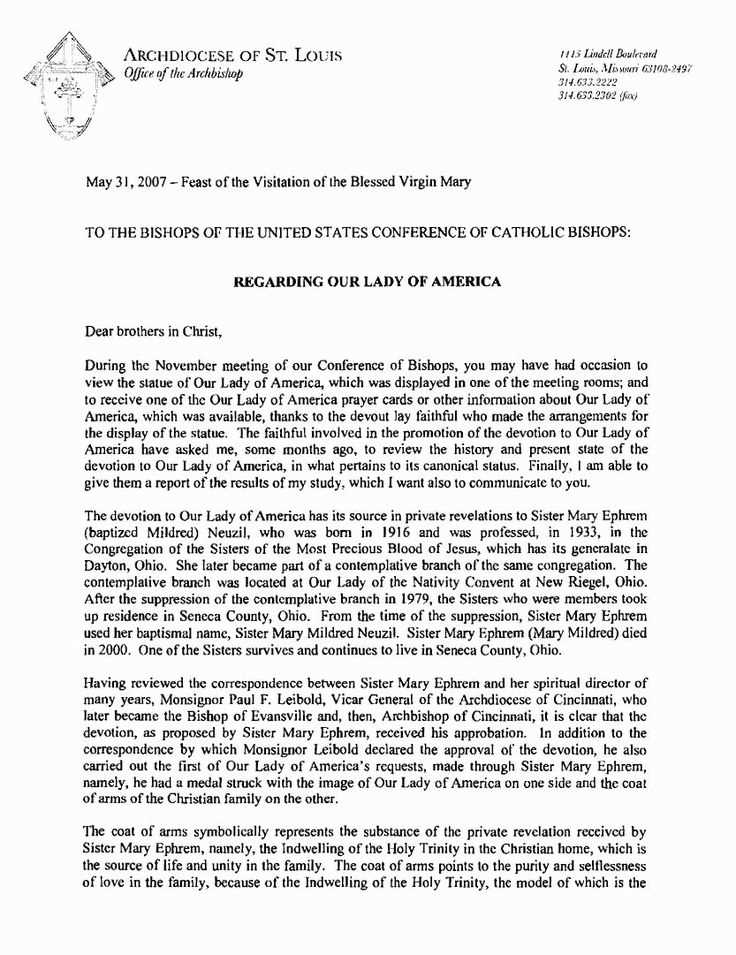
Use clear and sincere expressions in confirmation letters to convey your respect and acknowledge the candidate’s faith journey. Below are examples of phrases that can be included:
| Phrase | Context |
|---|---|
| “With great joy, I affirm your commitment to the faith.” | Expressing enthusiasm and recognition of the individual’s faith choice. |
| “May your faith continue to grow and guide you.” | Encouraging continued spiritual growth and reflection. |
| “We are grateful for your dedication to the church.” | Appreciating the recipient’s commitment and involvement. |
| “Your confirmation marks an important milestone in your journey.” | Highlighting the significance of the event in their spiritual life. |
| “It is a privilege to witness your confirmation.” | Recognizing the honor of being part of the individual’s confirmation process. |
| “May God bless you as you take this step in your faith.” | Offering blessings and support as they continue their spiritual path. |
Including such phrases will convey a heartfelt, personal touch while maintaining formality and respect. Choose words that reflect your true thoughts and feelings about the person’s confirmation and future faith life.
Formatting Tips for a Professional Appearance
Use a clear and readable font, such as Arial or Times New Roman, set at a size of 11 or 12 points. Keep margins uniform, typically 1 inch on all sides, to ensure a clean and organized look.
Align text to the left, avoiding justified text, which can create uneven spacing. This ensures the letter remains neat and easy to read.
- Headings: Make headings bold to distinguish them clearly from the rest of the content. Consider using a slightly larger font size for the heading.
- Spacing: Maintain single line spacing for the body text. Use double spaces between paragraphs to give the content room to breathe.
- Indentation: Indent the first line of each paragraph by half an inch to separate blocks of text and enhance readability.
Be mindful of consistency. The same font, size, and spacing should be used throughout the document. This prevents any part from looking out of place.
- Dates and Addresses: Format addresses and dates clearly. Dates should be written as “Month Day, Year” and addresses should follow a standard business format, ensuring they’re easy to find and read.
- Signatures: Leave enough space for the bishop’s signature and your own. Ensure the signature line is aligned with the rest of the text to maintain symmetry.
Check for proper alignment of all sections. Paragraphs, headings, and contact details should all align properly to avoid distractions and create a cohesive layout.
Steps to Send the Letter Properly
Ensure the letter is addressed correctly. Use the bishop’s full title and name, and confirm the correct address before sending. An incorrect address can cause unnecessary delays.
Prepare the Letter
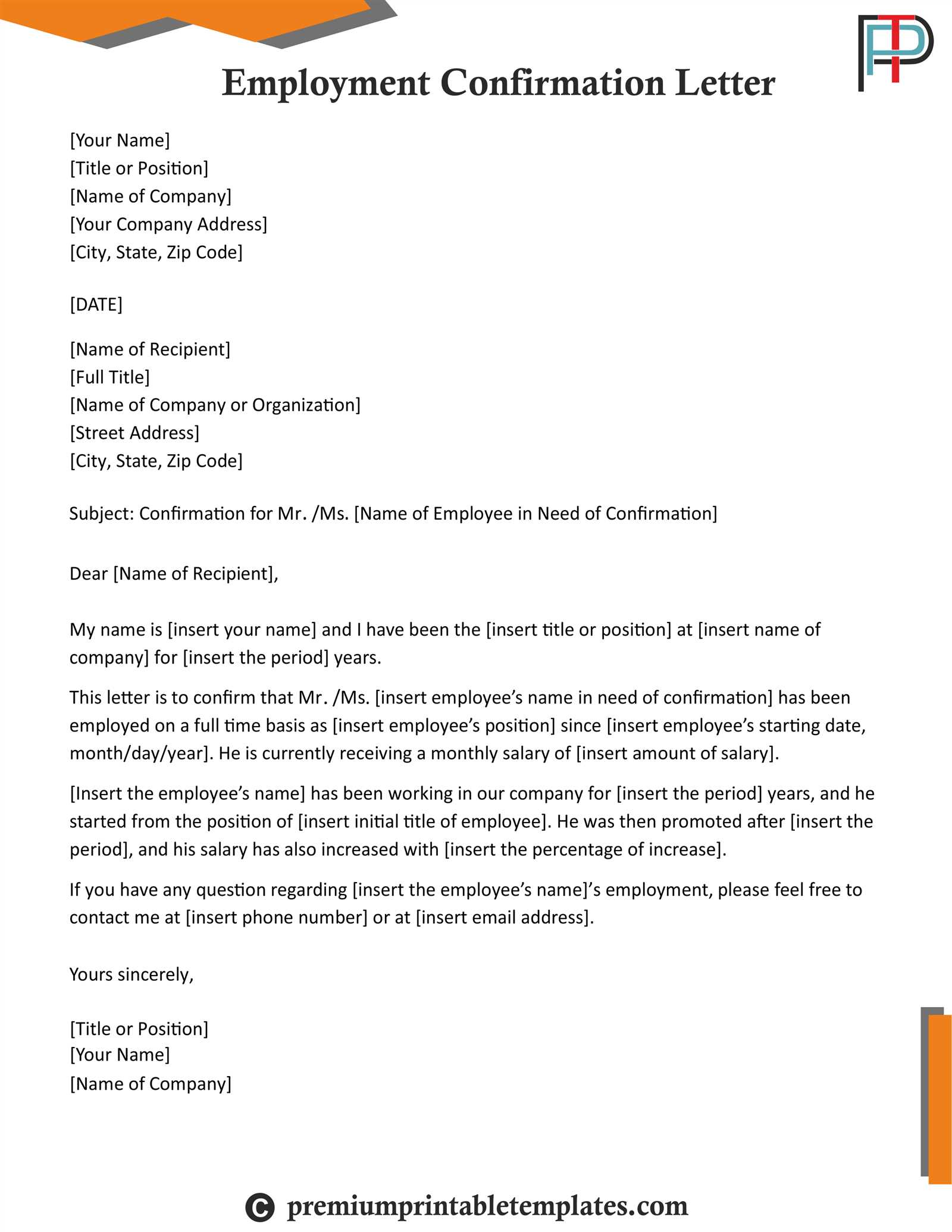
Review the content of your letter for accuracy and clarity. Double-check any references to dates, events, or names to avoid misunderstandings. It’s helpful to use clear and professional language throughout.
Choose the Right Envelope
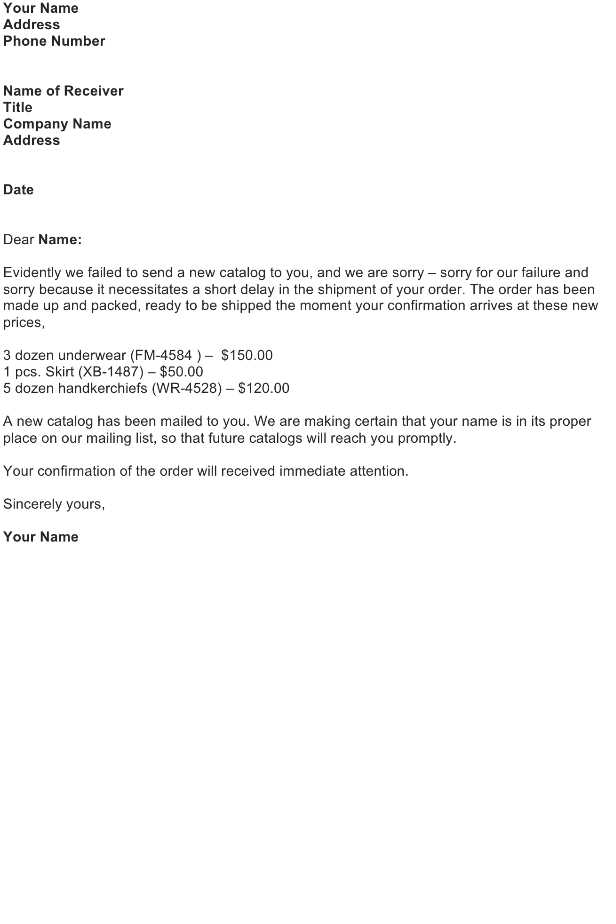
Select an appropriately sized envelope to fit the letter without folding. This ensures the letter remains in good condition upon arrival. Use a professional-looking envelope, and include the recipient’s title on the envelope as well.
Verify the postage before mailing. Ensure the correct postage is affixed, taking into account the weight and destination of the letter. Inadequate postage could prevent delivery or result in delays.
Mail the letter using a reliable service. For important or formal letters, consider using certified mail or a courier service to guarantee the letter’s delivery and confirm receipt.